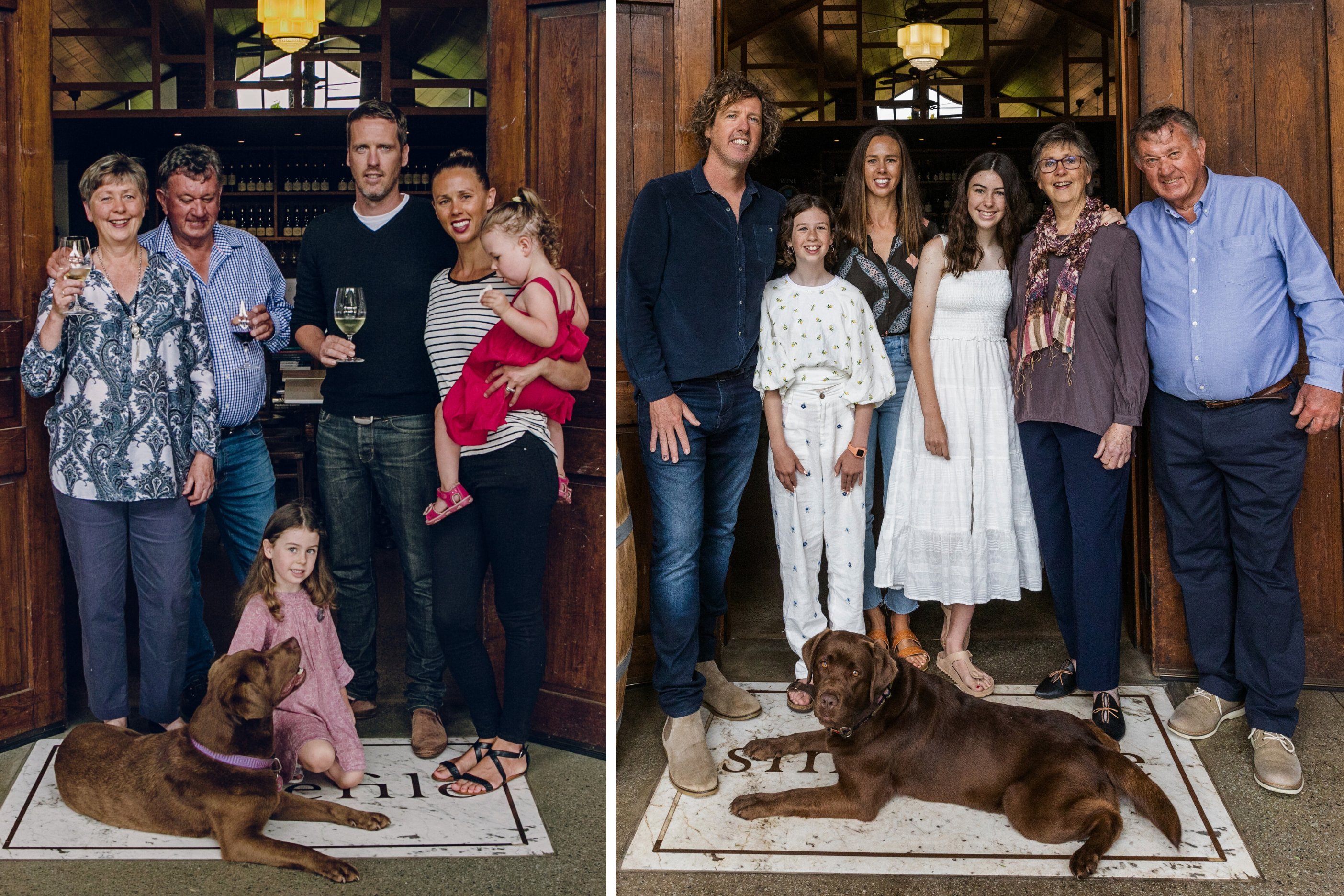Singlefile’s Great Southern Story
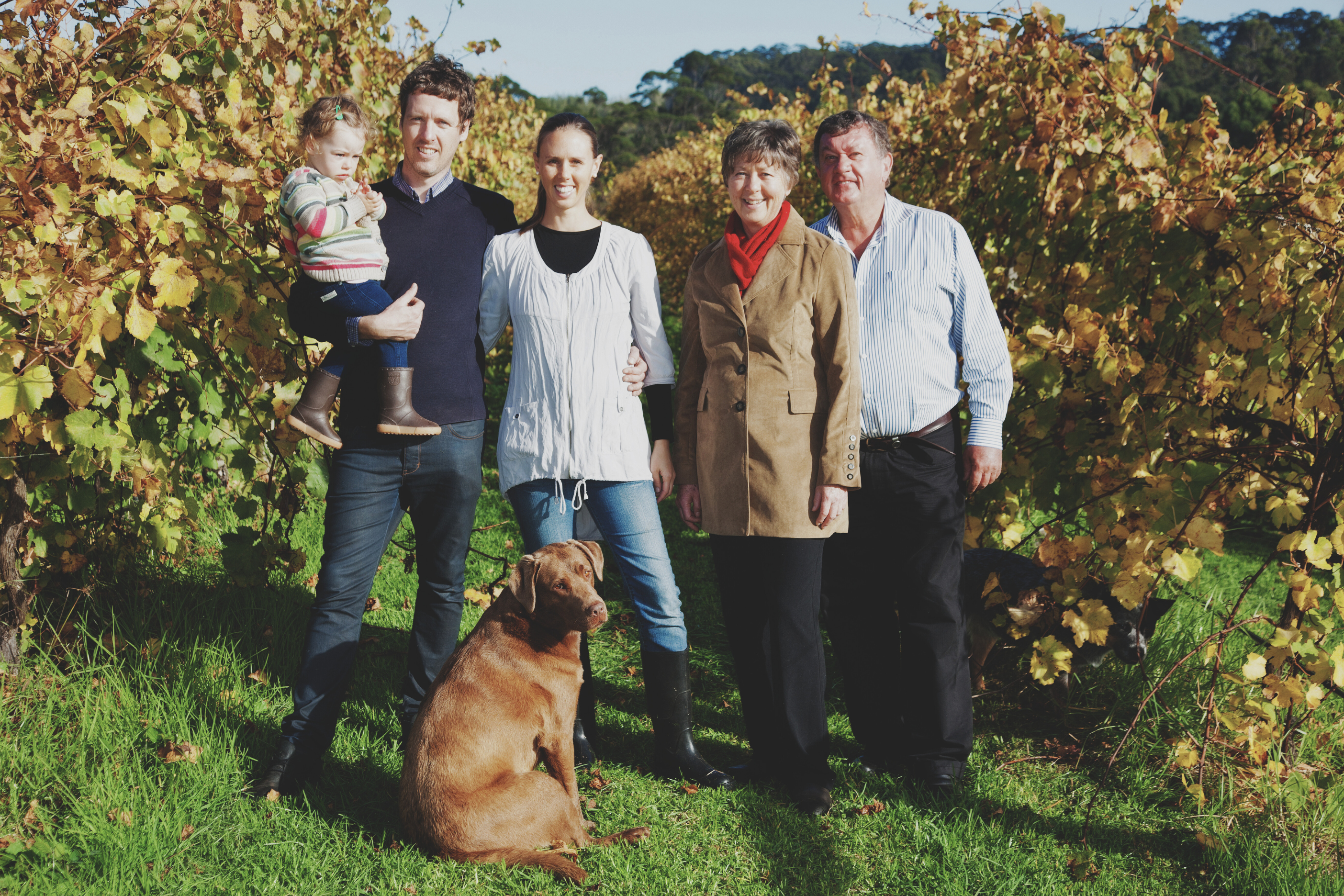
Since 2008, Singlefile Wines has made significant strides in understanding the importance of site selection to varietal expression. From producing three varietals representing a single vineyard site, to working with vineyards across the Great Southern’s five subregions to showcase the purest expressions found within, the Singlefile story is one that is reflective of the region’s evolution.
Deep within Australia’s South West — stretching 160 kilometres from the north to south where it meets the Southern Ocean, and 250 kilometres from the west to east, bordered by the ancient Porongurup Range — the Great Southern wine region sits within the heart of Wagyl Kaip in Noongar Boodja. Being five hours from the closest capital city, Perth, and four hours from the bustling tourist and wine region of Margaret River, it is one of Western Australia’s tucked away treasures, far from city life.
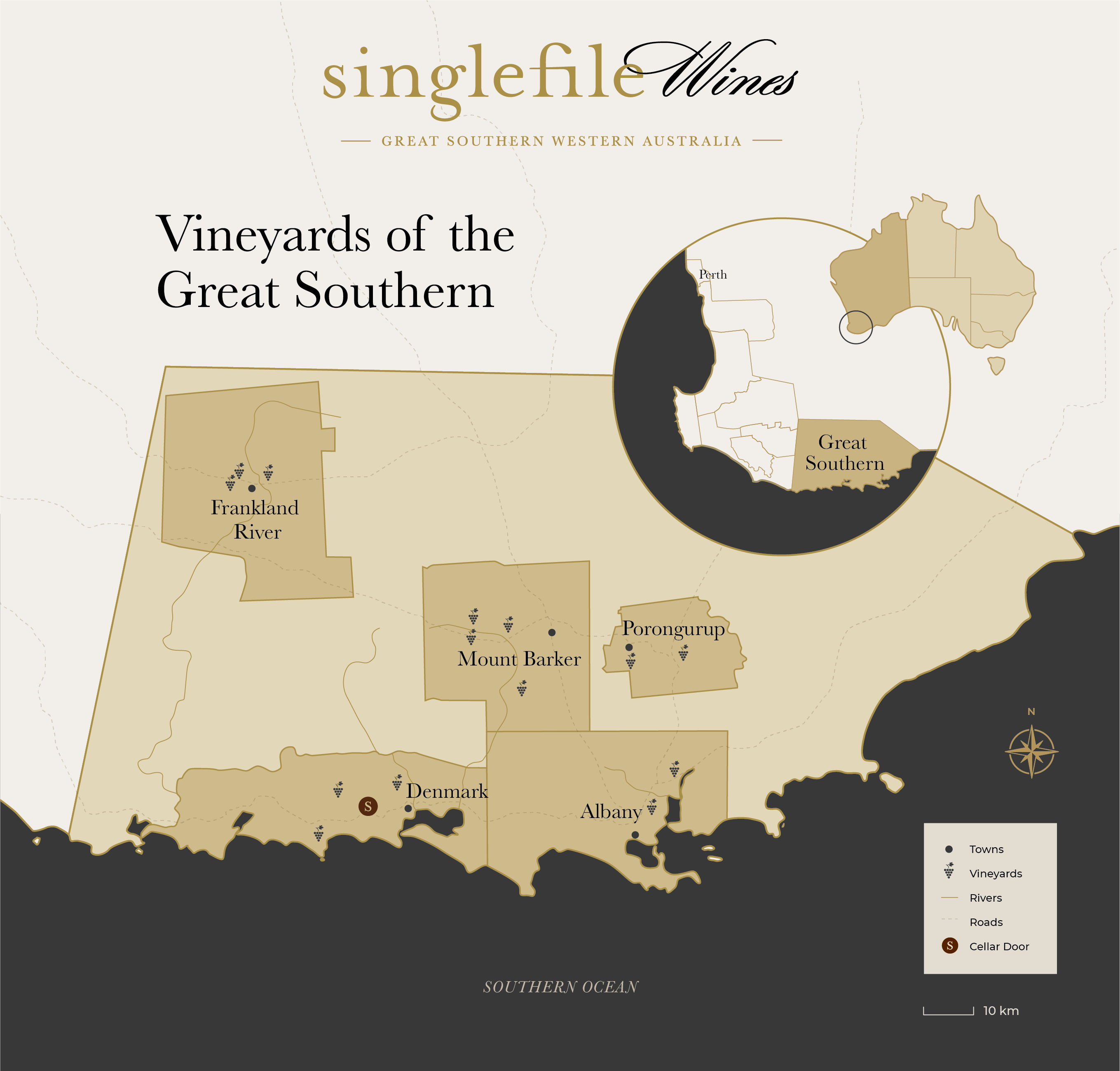
With endless fresh air, a sense of solitude and a relaxed pace; it would be easy for this remote corner of the world to go about its business quietly, without the widespread attention received by many of the world’s more famed regions. However, being the most ancient, most isolated and the largest wine region in the world has had immense influence in shaping Singlefile’s distinctive story. It has resulted in terroir or, more aptly, a diversity of terroir, capable of impressive feats.
To put its size into context, spanning more than 39,000 square kilometres, if the Great Southern wine region were a country, it would sit at 136th in size, just behind Switzerland. It is so large it could fit Bordeaux into its expanse three times over.
The scale, combined with its dramatic isolation, puts the Great Southern in an undeniably challenging position when it comes to defining its place in the global wine industry. It’s something those working within the sector here have grappled with, in terms of operational logistics and brand reach, since the region’s inception.
Despite the obvious challenges, it is this vast scale and its ancient, remote landscapes that make the collection of wines produced in the Great Southern so distinctive in taste and worthy of patiently, progressively gained critical acclaim. Over time, the region’s producers have developed a collective understanding of the diversity of the terroir within the region, and the vital importance of site selection when it comes to producing world-class wines.
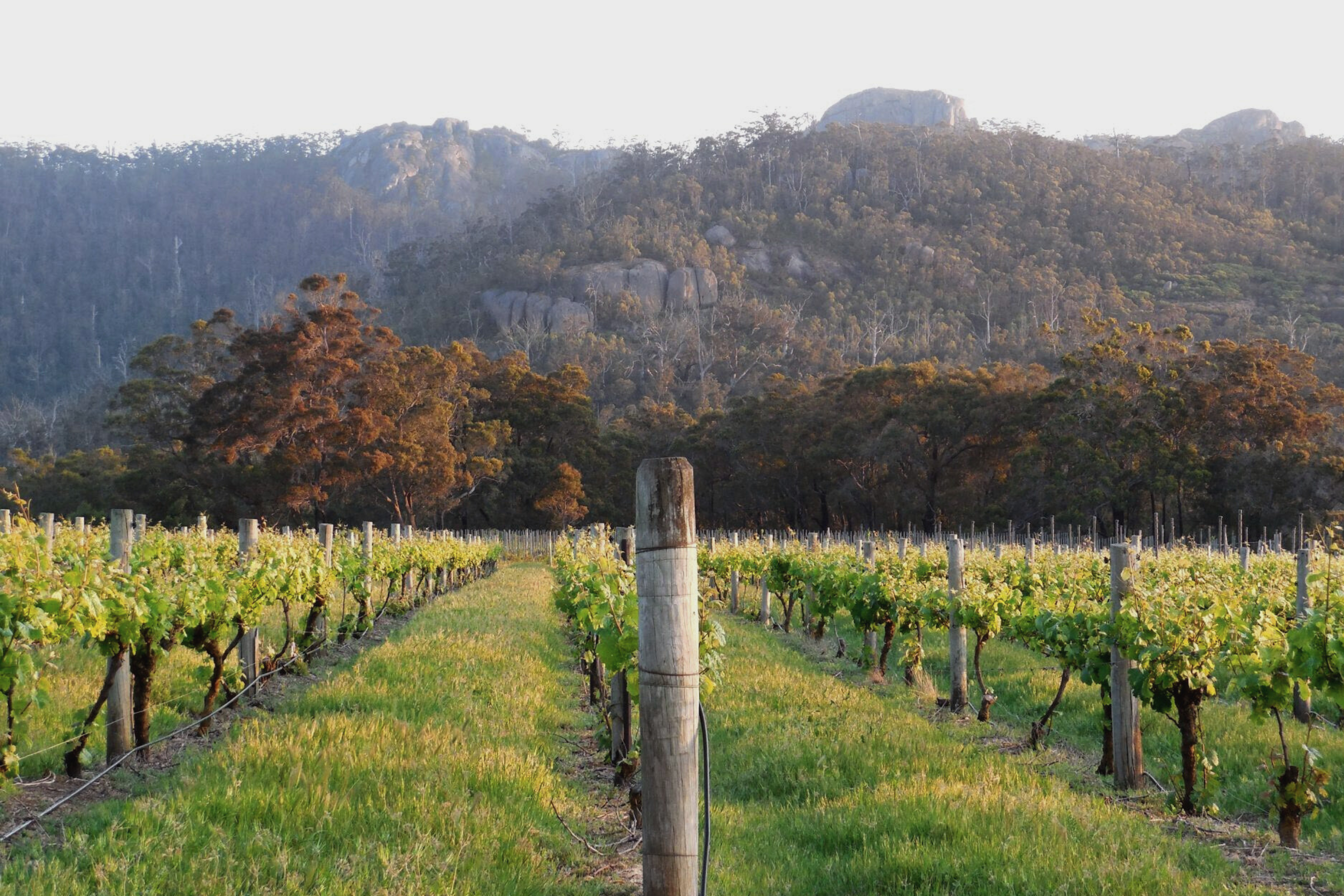
The Five Subregions of the Great Southern
Home to five unique subregions, defined by dramatically differing landscapes and microclimates, the Great Southern is one of the only wine regions in the world that can produce such a broad range of world-class varieties. With just 23 kilometres of vineyards planted across the region’s great expanse, each subregion expresses nuanced terroir through each small yield of fruit, resulting in well-balanced, cool-climate wines of purity and elegance.
Situated along the coast and featuring a low-lying landscape sculpted by coastal inlets and granite outcrops, Albany naturally embodies a maritime climate. Strongly influenced by the Southern Ocean, minimal diurnal temperature range and moderate summer humidity presents ideal conditions for whites and lighter red varieties to grow. Sauvignon blanc, chardonnay and pinot noir thrive here.
Denmark, situated about 45 minutes west of Albany, shares the coastal influence of the Southern Ocean. Unique microclimates express themselves within steep hills and valleys, while conditions are slightly cooler and wetter, aided by underlying clay for moisture retention. Parcels of chardonnay fruit of great complexity, along with riesling and increasingly pinot noir, are ideally suited to the terroir here.
Located just over half an hour’s drive north of Albany and Denmark, Mount Barker, the coolest subregion with higher elevation, experiences the most significant temperature variation during the day. Extended ripening periods and cool nighttime temperatures encourage fruit which retains beautiful natural acidity; ideal conditions for cool-climate, age-worthy riesling, sauvignon blanc, pinot noir and, more recently, parcels of aromatic Mediterranean varieties. This fruit develops greater complexity thanks to gravelly loam soils derived from ancient granite.

Further inland lies Frankland River, the most northerly, largest and — in the context of the Great Southern’s cool climate — the warmest of the five subregions. The Mediterranean climate here is complemented by strong continental conditions, featuring long stretches of sunlight and significantly cooler nights through the growing season, as influenced by the Frankland River valley. The result is plenty of fruit ripeness balanced by elegant acidity. Gravelly loam soils support distinguished cool climate expressions of shiraz and cabernet sauvignon, as well as more unfamiliar varietal plantings of sangiovese, malbec, grenache and mataro.
Finally, Porongurup, the smallest subregion, is characterised by its ancient granite peaks and moderate Mediterranean climate. The 2.6-billion-year-old, 12-kilometre Porongurup Range has a profound influence on the terroir here. The slopes benefit from excellent air drainage, while the soils are deep karri loams derived from the ancient, weathered granite. The unique thermal zone at night reduces frost risk, promoting ideal ripening conditions for cool-climate varieties like riesling, chardonnay, and pinot noir, each presenting distinctive Porongurup elegance and minerality.
These five vast and distinct subregions account for just 7,000 tonnes, or 0.04 percent, of Australia’s wine.
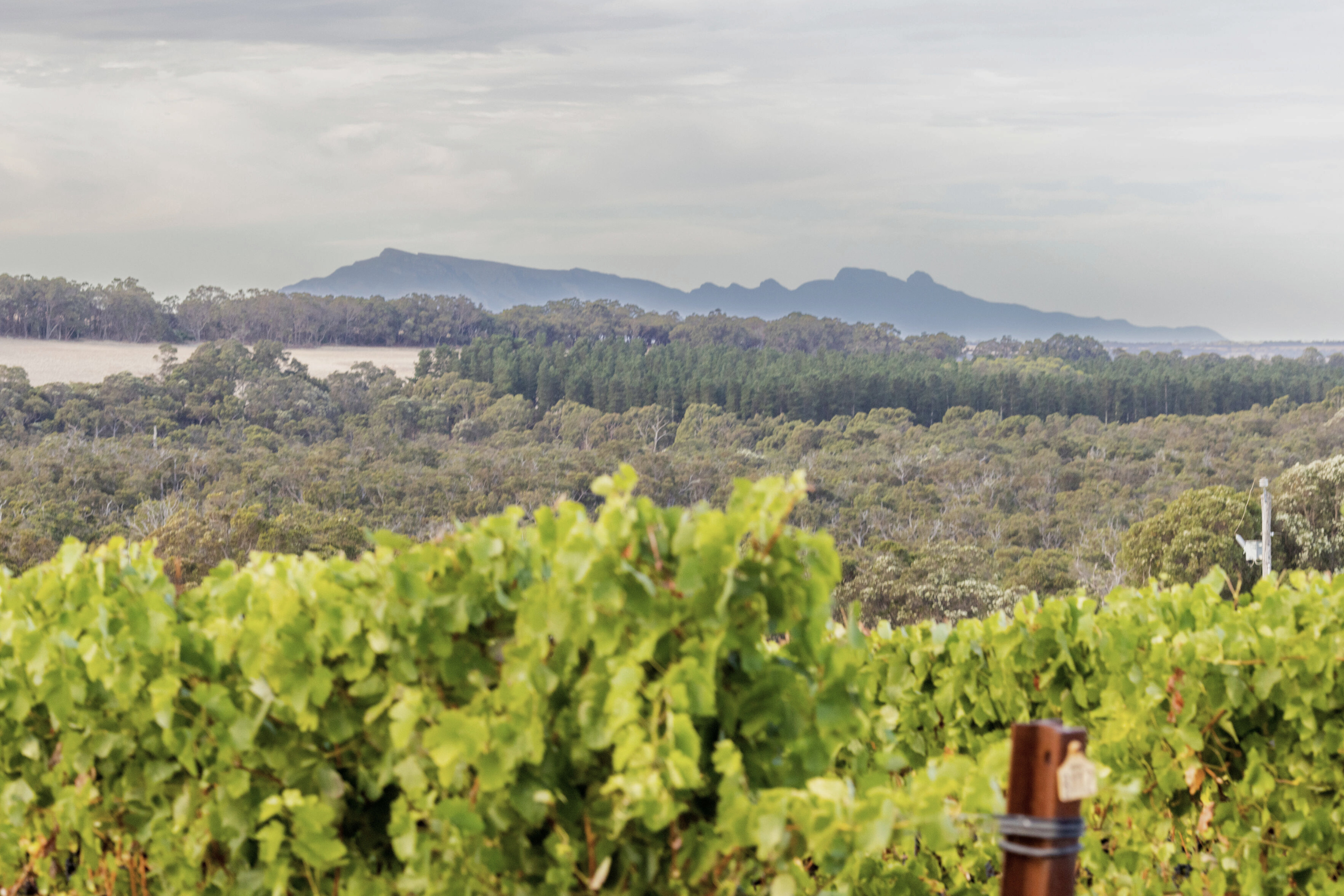
Great Southern’s Wine History
World-class wines weren’t simply produced overnight. A great deal of patience, hard work, and progressive learnings paved the way, beginning with the first planting in Mount Barker in 1964, on five-acres of land owned by the Pearse family.
The Western Australian Government’s concern for the region’s failing apple industry in the 1950s spurred a great deal of investment and research into its potential as a grape-growing region. The initial planting, which had been identified as an ideal match to the site, comprised 2.5 acres each of riesling and cabernet sauvignon.
Recognising the potential of their land and the future of the Great Southern as a premium wine producing region, other farming families in the district soon followed suit. John Roche was the first to plant in Frankland River, in 1967, with Tony Smith and Ernie Mead establishing plantings in Denbarker the following year. Meanwhile, Betty and Tony Pearse's first grapes were harvested in 1972, with their 1975 riesling becoming the first in the area to gain national acclaim.
Off the back of that vineyard’s success, the seeds were sown, so to speak. Travelling salesmen began visiting farms around the region, encouraging families to lay down rootstock and hope it took.
With the exception of a few growers, there was a rudimentary knowledge of the distinctive regional terroir and limited consideration paid to site selection, leading to a ‘fruit salad’ of plantings dispersed across the region. It was a bit of a lucky dip as to what simply grew, what struggled and what flourished.
A lot of trial and error followed before a good grasp of what worked was achieved. With that in mind, good fortune struck in 1986, when chardonnay was planted at a small site in Denmark, along with shiraz and merlot.
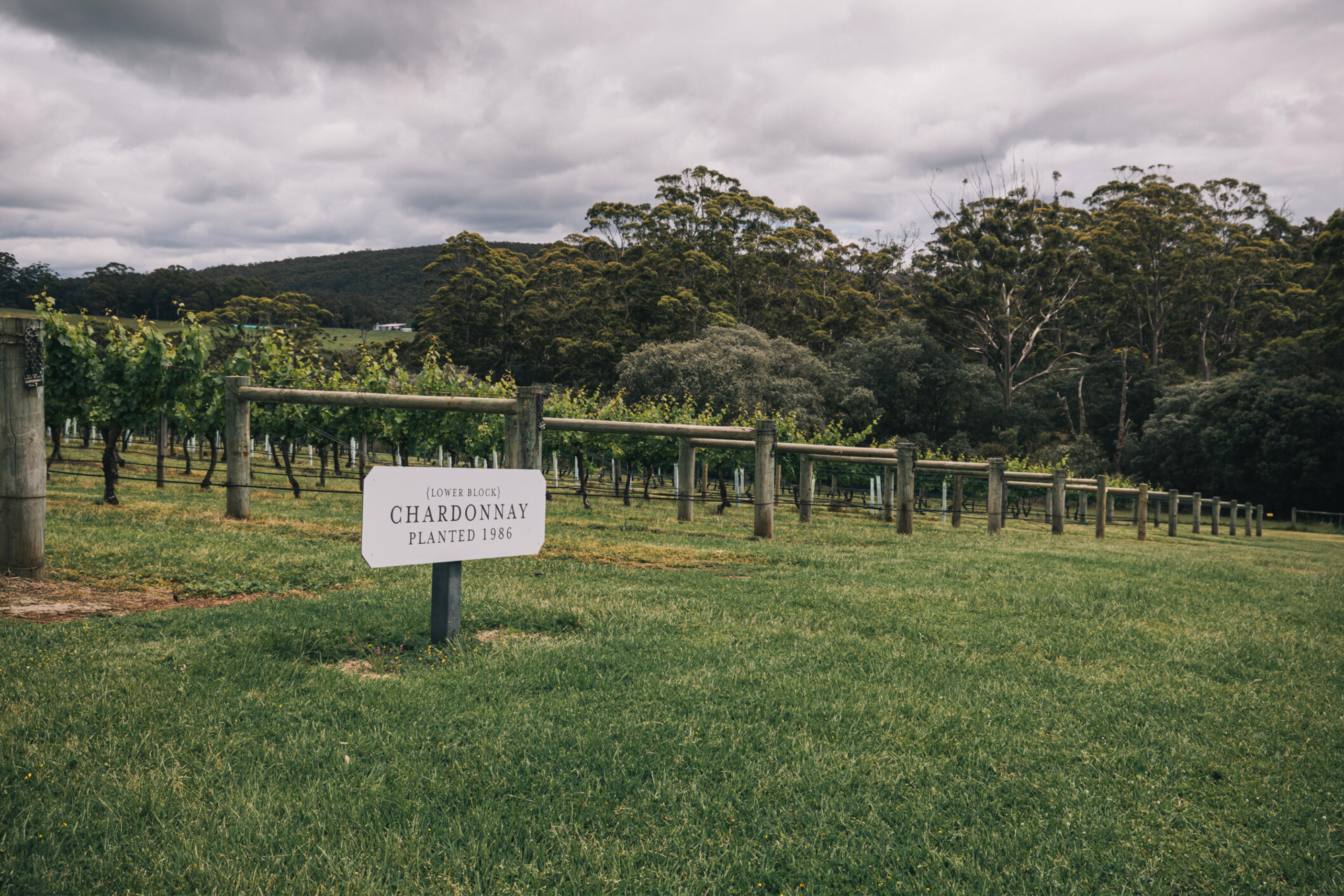
The Origins of Singlefile Wines
In 2007 geologists Phil and Viv Snowden purchased this 1986 Denmark site and, along with their daughter Pam and son-in-law Patrick Corbett, established Singlefile Wines.
Just like the beginnings of the Great Southern region, they inherited a ‘fruit salad’ of varieties planted with limited research. Without knowing it at the time, the success and failures of each variety would form the basis of the winery’s eventual philosophy.
“We entered the industry at a time when this natural evolution and understanding of terroir and site selection was taking place,” says Patrick.
“Like any wine region, you need to wait seven to eight years for the first substantial yield, which you learn from and improve upon. So, it takes time, hard work, luck, and a lot of patience to mature to a point of understanding the varieties which will best align with your site and express a sense of place.”
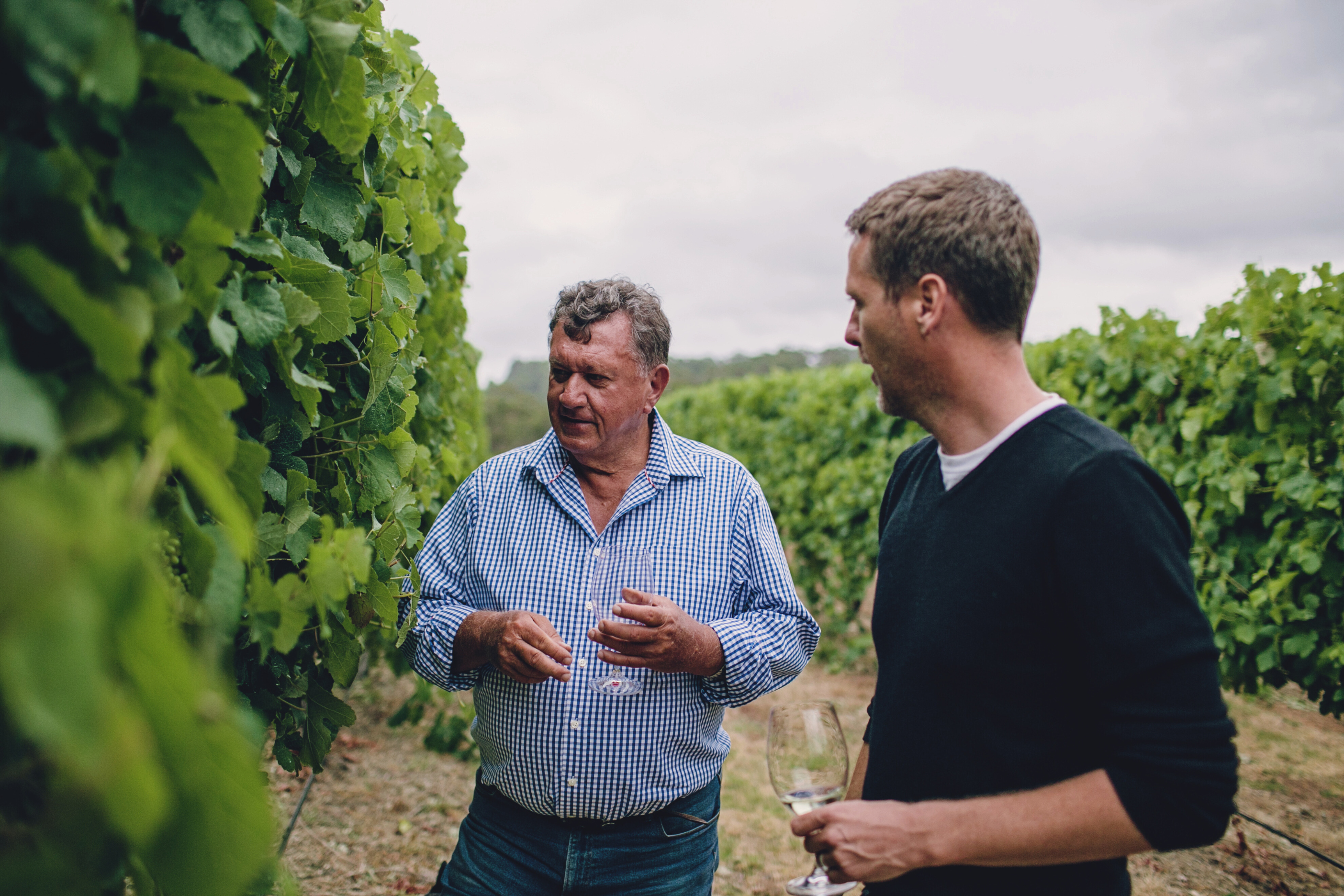
In 2008, Singlefile Wines released its first vintage, comprising chardonnay, shiraz, and merlot. Following this much anticipated release, came the recognition of the vital role terroir played in producing premium wines of provenance.
The reception to Singlefile’s chardonnay outshined its shiraz and merlot. Having invested equal effort, time and money; naturally, only one thing made sense — chardonnay simply took to the conditions of the site, being the appropriate soil, microclimate, aspect and all, while the shiraz and merlot belonged elsewhere within the region.
It was these learnings that defined Singlefile’s journey going forward. It ignited an exploration of terroir, a deep dive into understanding the subtle nuances of the vineyards within the Great Southern’s five subregions. It was all about discovering where each existing variety shined with the greatest purity and elegance indicative of the region, and nurturing that to produce a collection representative of the best of the Great Southern.
“We wanted to produce world-class wines that we were proud of, and we were naive to think we could do it all from our first vineyard. I would say we tried every Great Southern vineyard's wine, over multiple vintages up until 2013, to help us form a clear view as to the sites and vineyards we wanted to build into the Singlefile story,” says Patrick.
“While the foundations were laid by pioneering producers, we spent time putting together our puzzle of site and variety pairings to produce a range of wines that showcased the capability of our region.”
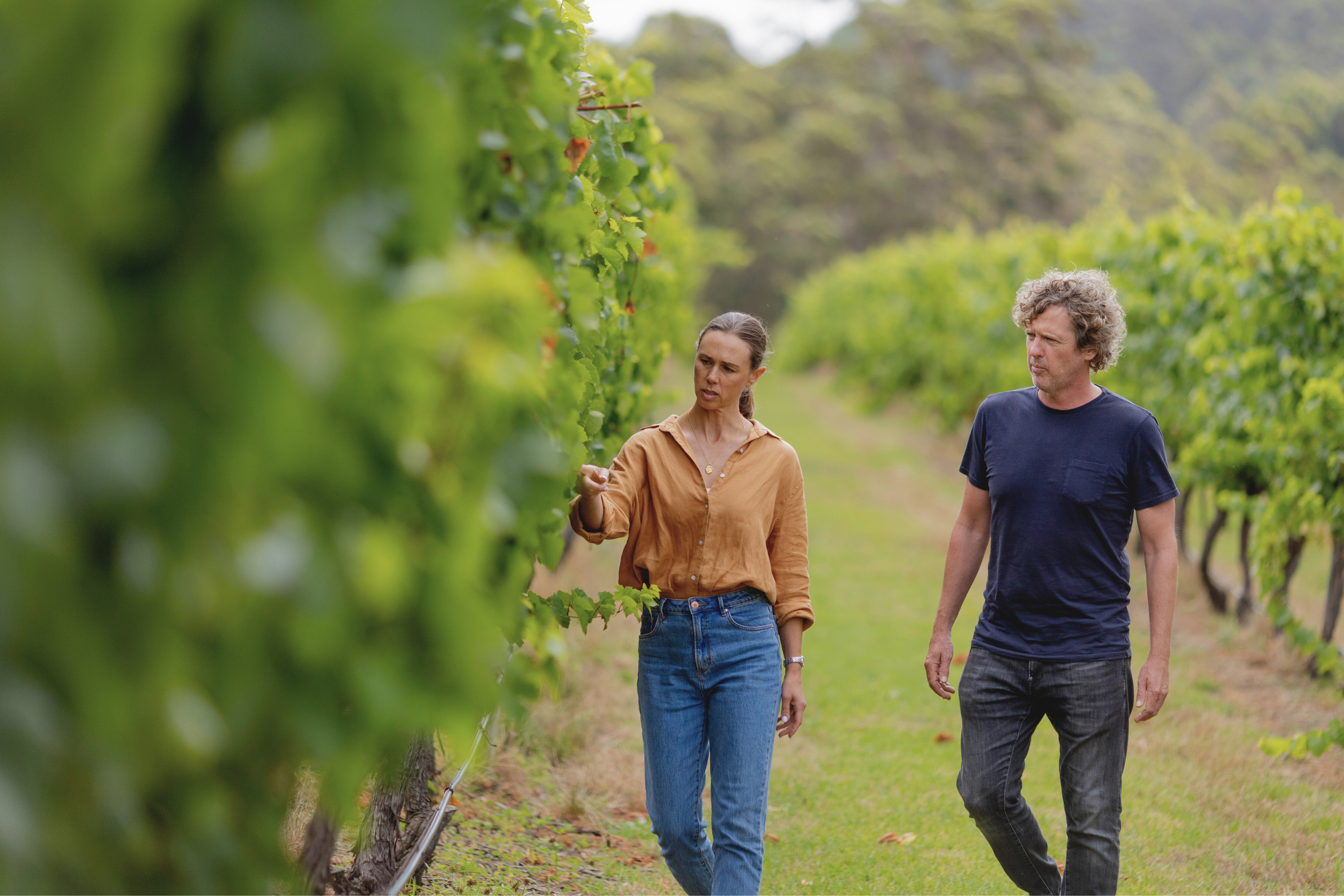
The Singlefile Ethos Explained
Having removed the shiraz and merlot at its original site, replacing them with more chardonnay and pinot noir, and developed long-term partnerships with established vineyards; the foundations for Singlefile’s story were laid. By 2012, Singlefile released a new collection of wines, which expressed the purity and elegance of the sites of the Great Southern.
“Soon after, James Halliday awarded Singlefile the inaugural Dark Horse Winery of the Year for our 2013 collection, and it was a great endorsement that we were on the right path. It gave our family the confidence we needed to persist with this approach,” says Patrick.
Fast forward to 2018, when 2015 ‘The Vivienne’ Denmark Chardonnay was awarded James Halliday’s Best Chardonnay in Australia; solidifying the family’s drive for continuous pursuit of excellence.
“When it comes to the chardonnay, I’ve heard Viv say before that ‘we didn’t choose the site, it chose us’,” says Patrick. “We were incredibly fortunate in 2007 when we purchased that 1986 site in which chardonnay was planted.”
“If our journey has taught us anything, it’s that if we truly want to represent the best of the Great Southern region through our Single Vineyard Collection, then understanding site selection and variety pairing is essential.”
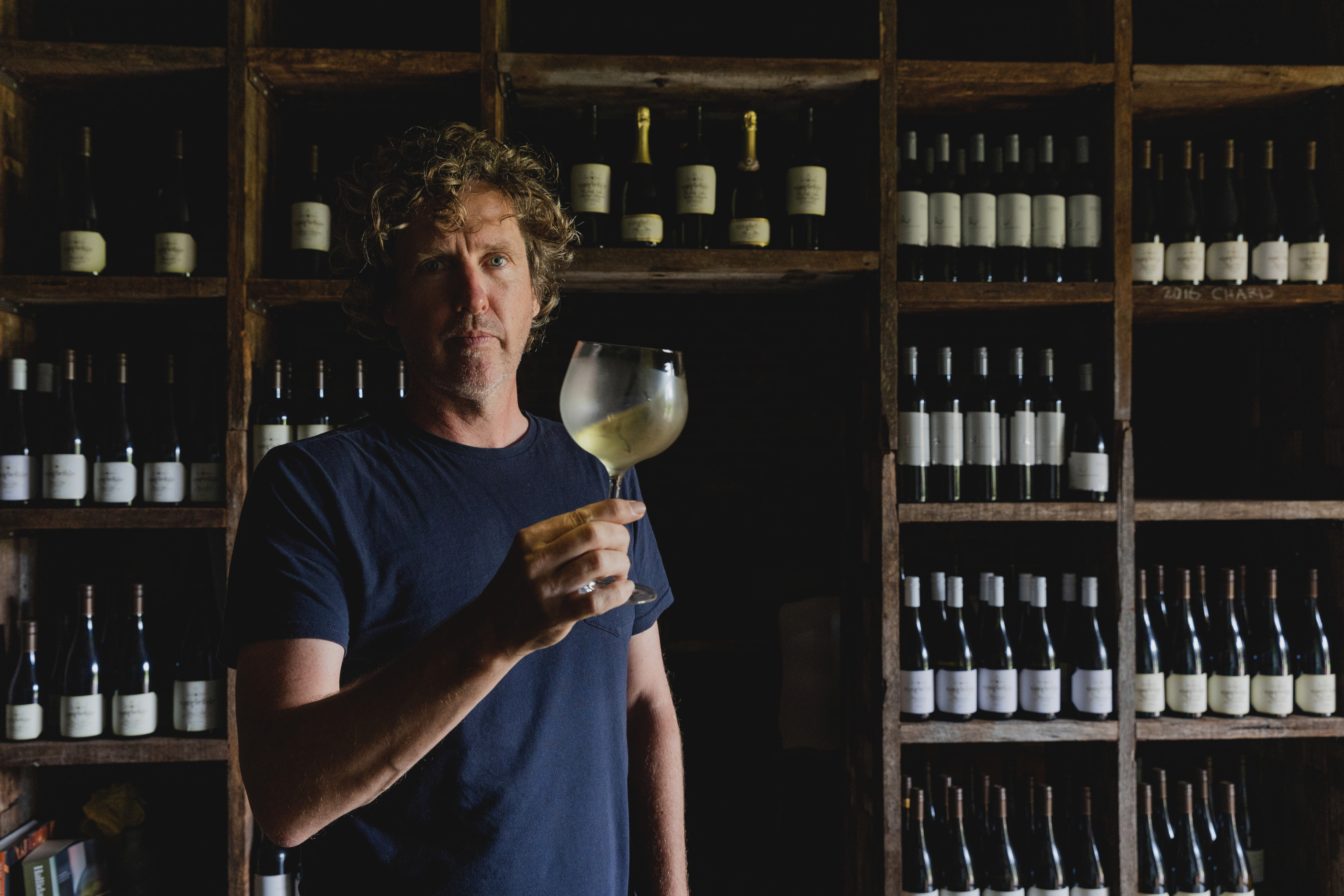
For Singlefile Wines, the story of the Great Southern and the region’s potential goes beyond just one small patch of land in Denmark. The sheer size and nuances of flavour to be discovered across the Great Southern demands strong, collaborative partnerships with a range of vineyards to arrive at the best expressions possible.
“To produce a wide range of wines of a critically acclaimed standard isn’t possible in many parts of the world,” says Patrick. “The best compliment for us is for a customer to say, each wine in the range is something they’d take home. That is a testament to our region and its exceptional diversity.”
From the ancient Porongurup Range, rich in history and geological significance, to the influential and fertile Frankland River valley, Singlefile Wines strives to capture the essence of the remarkable and diverse terroirs in the Great Southern region. Each bottle it produces is a tribute to these exceptional landscapes, meticulously crafted to reflect the character of the Great Southern in every sip.
